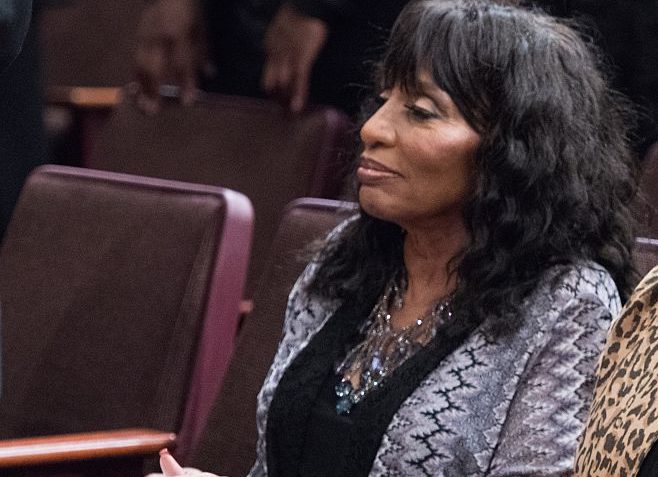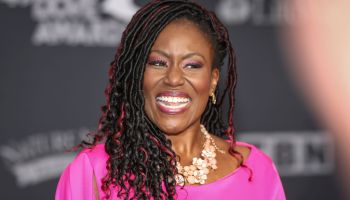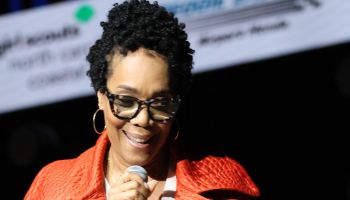Raleigh is among North Carolina’s fastest-growing cities, with a nearly 50 percent increase in residents over the past decade.
U.S. census numbers released Tuesday shows the city, still the second largest in the state, reached a population of 403,892 in 2010 – a 46.3 percent jump since 2000 and the third strongest increase among the state’s 20 largest cities.
Much of North Carolina’s growth came in areas around Charlotte, Raleigh and Wilmington.
Huntersville, a suburb of Charlotte, posted a population growth of 87.4 percent. Fayetteville’s population boomed 65.7 percent.
Charlotte is still the largest city in the state with a population of 731,424 – a 35.2 percent growth rate from 10 years ago.
At the bottom of the ranking, Rocky Mount grew the least, at a rate of 2.8 percent with a growth of 1,584 people.
Only a handful of counties lost residents, mostly rural ones in the northeastern part of the state.
Numbers also show the Latino population doubling from less than 400,000 to more than 800,000. The number of white residents grew 13 percent while the black population grew 18 percent.
The state’s overall population jumped more than 18 percent from 2000 to 2010 and now totals more than 9.5 million.
“(An) 18.5 percent growth cannot be overstated,” political analyst John Davis said Wednesday. “I mean, that’s just phenomenal. We are No. 5 in the nation as far as the states with the most newcomers. We’re now the tenth largest state in the nation, so it’s having a dramatic impact on who we are and certainly will impact how we vote.”
The population figures will inform state lawmakers as they prepare to redraw state and federal districts for lawmakers. Because of the geographical differences over the past decade, the Census figures show a wide disparity in population within each of the state’s 13 congressional districts.
Reps. David Price, a Democrat, and Sue Myrick, a Republican, now sit in districts that are well above the average population. Democratic Rep. G.K. Butterfield, meanwhile, now represents a district with almost 100,000 fewer people than the state average.
“With the release of detailed 2010 Census data today, the redistricting process has officially begun,” state Senate Democratic leader Martin Nesbitt, D-Buncombe, said.
“North Carolinians expect to see a fair and open redistricting process, and Democrats will accept nothing less than legislative and congressional districts that are fair, legal, and representative of all of North Carolina’s people,” he added.
source: wral.com
















